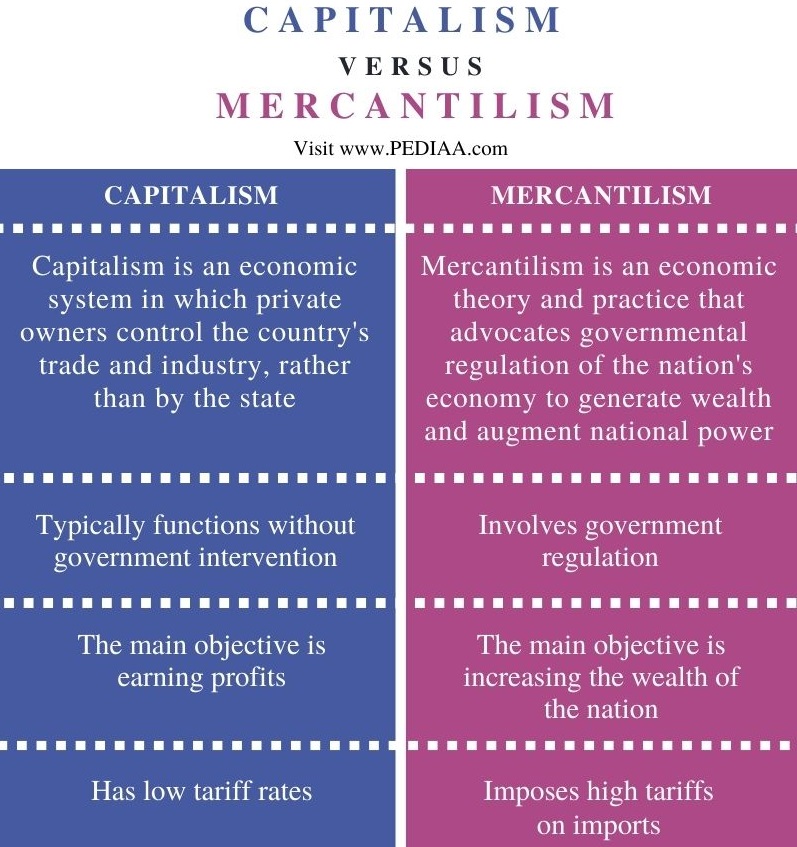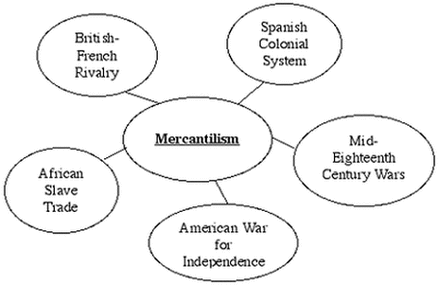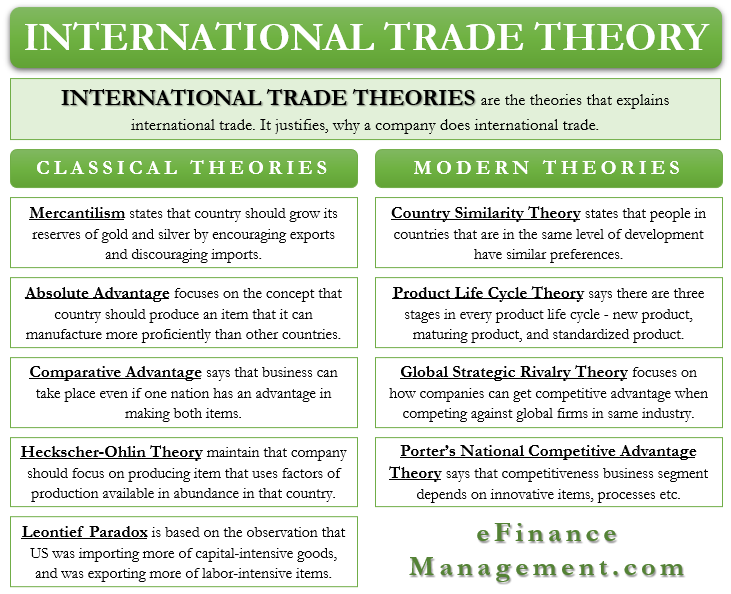Mercantilism is an economic theory that dominated Western European trade and politics from the 16th to the 18th centuries. It holds that a nation's wealth is directly tied to its accumulation of gold and other precious metals, and that a country should therefore maximize its exports and minimize its imports in order to accumulate as much gold as possible. This theory is based on the idea that the world's supply of gold and other precious metals is fixed, and that a country can only increase its wealth by acquiring a larger share of these resources.
According to mercantilist theory, a country's wealth is not just determined by its own production and resources, but also by its trade with other countries. To maximize its wealth, a mercantilist nation would try to encourage exports and discourage imports, in order to earn more gold through trade. This could be achieved through various means, such as tariffs on imported goods and subsidies for domestic producers.
Mercantilist theory also advocates for the establishment of colonies in foreign lands, which would provide raw materials and markets for domestic products, as well as a source of gold and other precious metals. Mercantilist countries therefore engaged in a great deal of colonization and imperial expansion in the 16th to 18th centuries.
While mercantilism was the dominant economic theory of the time, it has since been largely discredited by modern economists. It is seen as flawed for a number of reasons, including its assumption that the world's supply of gold is fixed, and its focus on exports and imports rather than overall economic growth. Modern economists generally agree that a more balanced trade policy, in which a country both exports and imports goods and services, is more beneficial for overall economic development.
Overall, mercantilism was a significant economic theory that shaped the development of Western Europe during the 16th to 18th centuries, but it has since been largely rejected in favor of more modern economic theories.

:max_bytes(150000):strip_icc()/shutterstock_252700678-5bfc3a3d46e0fb005148ce67.jpg)





